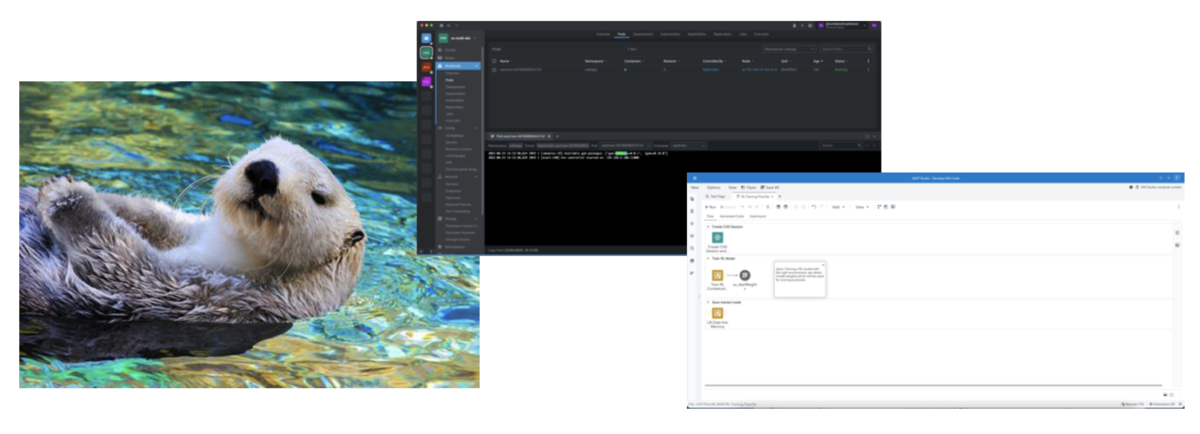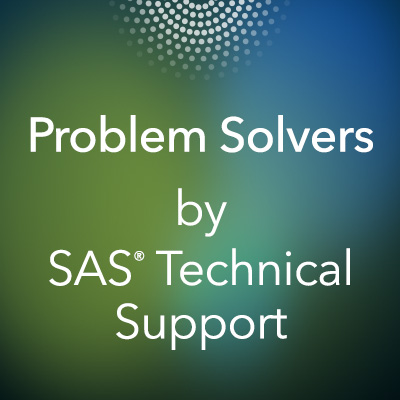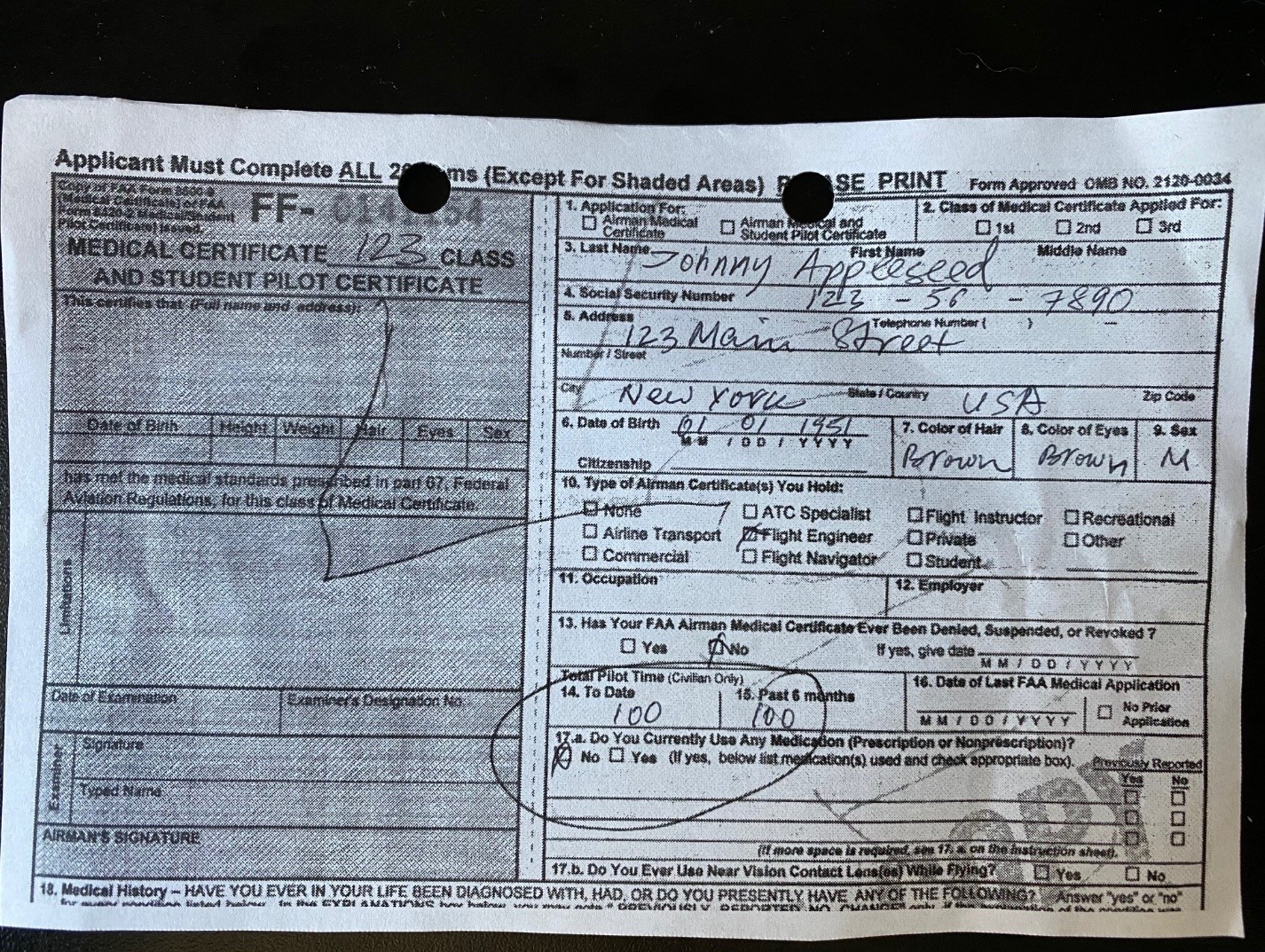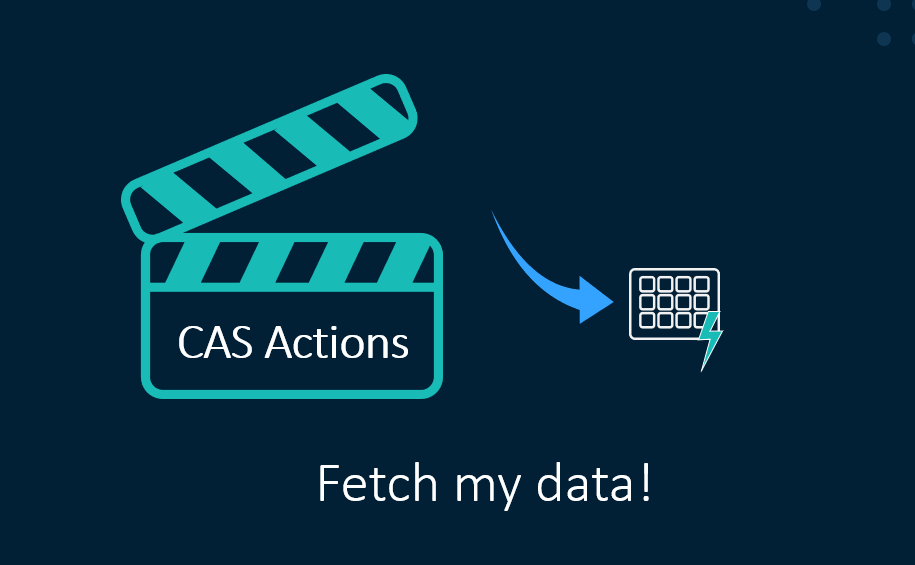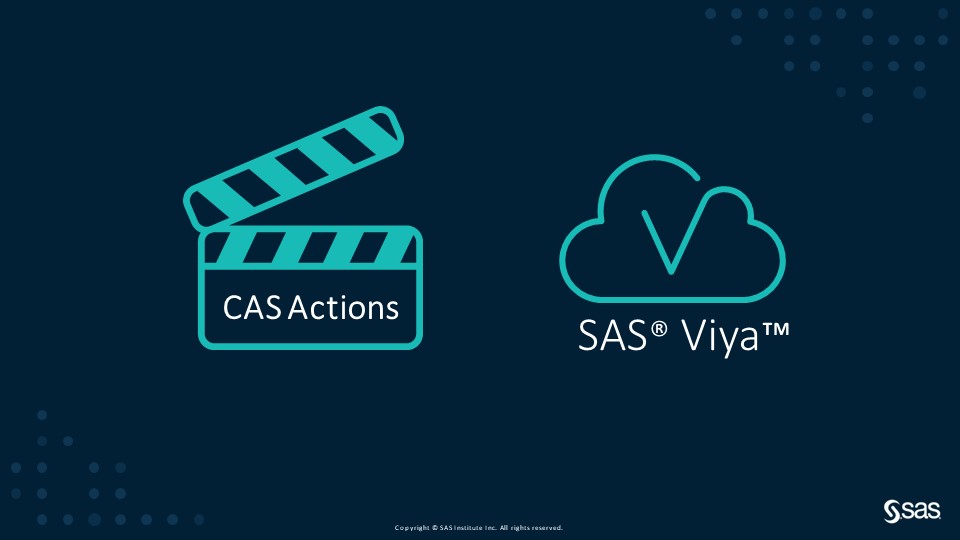
Welcome back to my SAS Users blog series CAS Action! - a series on fundamentals. In my previous part 1 and part 2 posts I reviewed how to use the simple.freq CAS action to generate frequency distributions for one or more columns and how to save the results. In this post I






